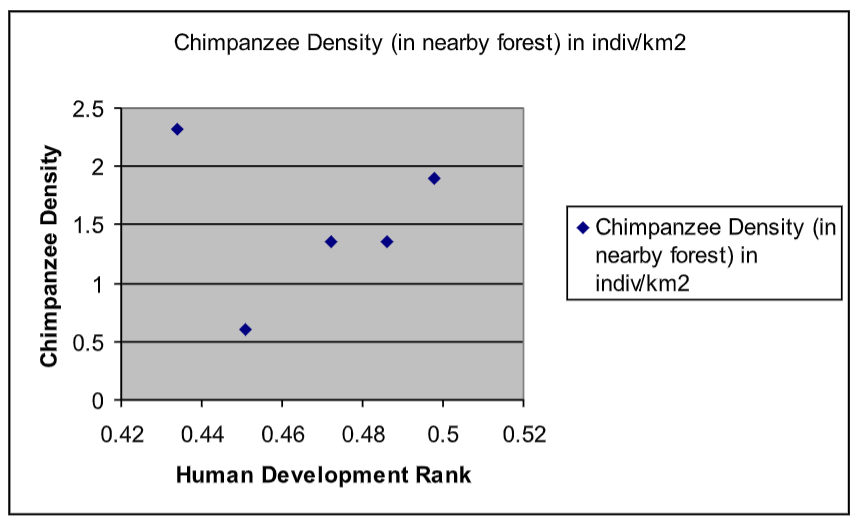7.9: Water Conservation
- Page ID
- 62315
\( \newcommand{\vecs}[1]{\overset { \scriptstyle \rightharpoonup} {\mathbf{#1}} } \)
\( \newcommand{\vecd}[1]{\overset{-\!-\!\rightharpoonup}{\vphantom{a}\smash {#1}}} \)
\( \newcommand{\id}{\mathrm{id}}\) \( \newcommand{\Span}{\mathrm{span}}\)
( \newcommand{\kernel}{\mathrm{null}\,}\) \( \newcommand{\range}{\mathrm{range}\,}\)
\( \newcommand{\RealPart}{\mathrm{Re}}\) \( \newcommand{\ImaginaryPart}{\mathrm{Im}}\)
\( \newcommand{\Argument}{\mathrm{Arg}}\) \( \newcommand{\norm}[1]{\| #1 \|}\)
\( \newcommand{\inner}[2]{\langle #1, #2 \rangle}\)
\( \newcommand{\Span}{\mathrm{span}}\)
\( \newcommand{\id}{\mathrm{id}}\)
\( \newcommand{\Span}{\mathrm{span}}\)
\( \newcommand{\kernel}{\mathrm{null}\,}\)
\( \newcommand{\range}{\mathrm{range}\,}\)
\( \newcommand{\RealPart}{\mathrm{Re}}\)
\( \newcommand{\ImaginaryPart}{\mathrm{Im}}\)
\( \newcommand{\Argument}{\mathrm{Arg}}\)
\( \newcommand{\norm}[1]{\| #1 \|}\)
\( \newcommand{\inner}[2]{\langle #1, #2 \rangle}\)
\( \newcommand{\Span}{\mathrm{span}}\) \( \newcommand{\AA}{\unicode[.8,0]{x212B}}\)
\( \newcommand{\vectorA}[1]{\vec{#1}} % arrow\)
\( \newcommand{\vectorAt}[1]{\vec{\text{#1}}} % arrow\)
\( \newcommand{\vectorB}[1]{\overset { \scriptstyle \rightharpoonup} {\mathbf{#1}} } \)
\( \newcommand{\vectorC}[1]{\textbf{#1}} \)
\( \newcommand{\vectorD}[1]{\overrightarrow{#1}} \)
\( \newcommand{\vectorDt}[1]{\overrightarrow{\text{#1}}} \)
\( \newcommand{\vectE}[1]{\overset{-\!-\!\rightharpoonup}{\vphantom{a}\smash{\mathbf {#1}}}} \)
\( \newcommand{\vecs}[1]{\overset { \scriptstyle \rightharpoonup} {\mathbf{#1}} } \)
\( \newcommand{\vecd}[1]{\overset{-\!-\!\rightharpoonup}{\vphantom{a}\smash {#1}}} \)
No one can live on earth without water. It is one of the basic needs for living organisms. About ninety-seven percent of water is salty in oceans and remaining three percent is available in the form of ice caps, rivers, lakes and underground water.
- Surface water: Rivers, lakes, and wetlands are the sources of fresh water. These sources are generally replenished by natural rain water.
- Ground water or Sub surface water: This water is another fresh water resource. It is water present underground in what are called aquifers. Generally this water source is refilled with the help of rain water.
Water is a renewable resource. However, development activities and oil spills have endangered the water resources on earth. Therefore, it is our responsibility to conserve water resources for the future
Dr. Etheridge-Criswell’s conservation researched showed a direct correlation between human quality of life and the quality of life in the surrounding environment. Quality of life is measured by the Human Development Index (HDI), which looks at people’s access to food, clean water, education and medicine.
In a research project in Uganda, Etheridge-Criswell found that when HDI increases, the population densities of chimpanzees in surrounding areas also increased (see figure below). One way to increase HDI is to address one of the top killers of children under age five in developing countries: waterborne illnesses. It is estimated that over 1 billion people in the world do not have access to safe and/or reliable sources of drinking water. By helping people gain access to safe and reliable drinking water, not only can we save the lives of children, but also the lives of the forest and surrounding wildlife as well (Etheridge, 2009; Etheridge-Criswell, 2015).

chimpanzees are safe from human threats (Etheridge-Criswell, 2018).

